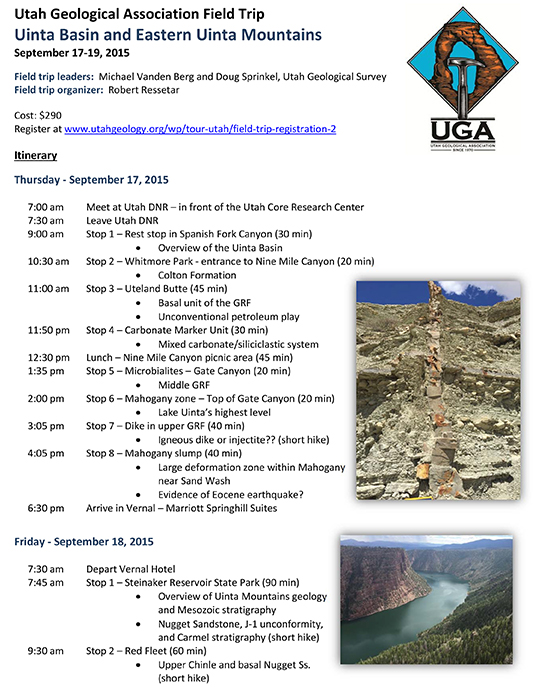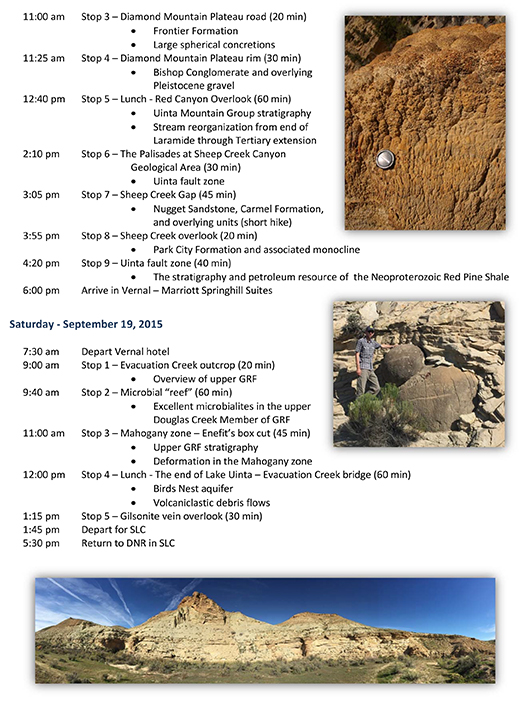Some lakes are home to legendary monsters (here’s looking at you, Bear Lake), while others are home to other organisms. Great Salt Lake’s great lows have exposed microbialites, also known as bioherms, allowing scientists and researchers an uncommon opportunity to get a closer look.
thespectrum.com
As Utah’s Great Salt Lake continues to drop during recent years of drought, something strange and wonderful is coming into focus in the shallows and exposed lake bed.


















